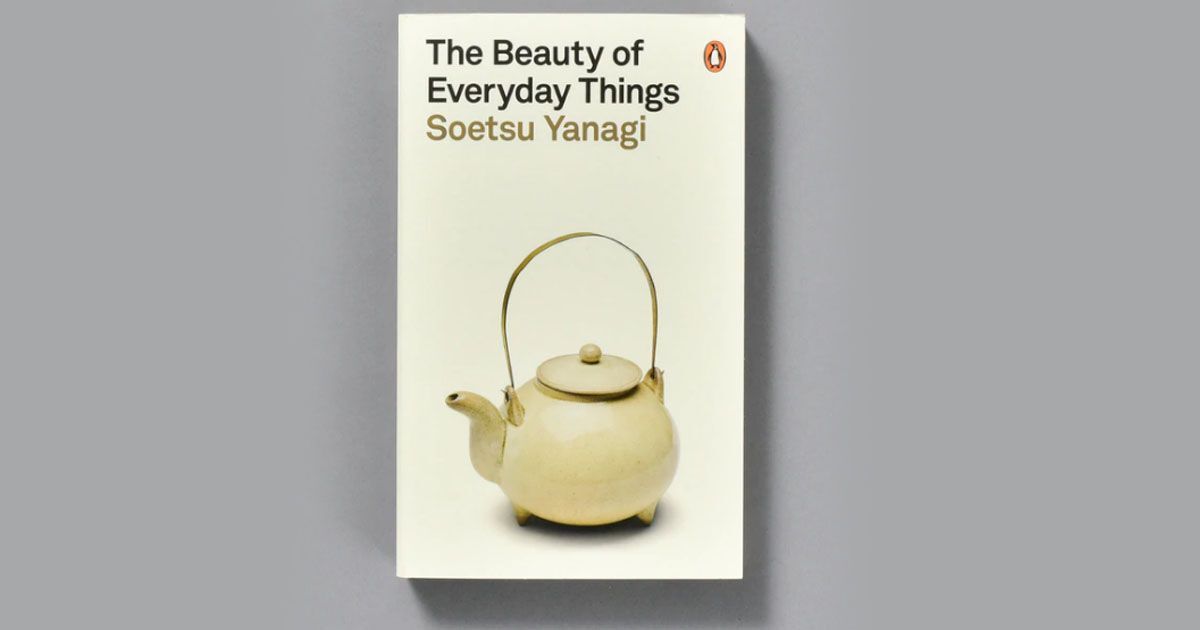
Bibhash Choudhury
Soetsu Yanagi was a pioneer in promoting local artefacts in the 20th century who served as the founder-director of the Japan Folk Crafts Museum. Over an extensive career devoted to the understanding of objects and things that pertain to the regular lifestyle of people in Japan, Yanagi made some telling observations that have remained relevant not only in his own country, but also in matters situating contemporary knowledge in different locations across the world. In Beauty of Everyday Things, a compilation of his writings on craft, art, architecture, and daily-use objects, we encounter a mind whose attention to detail is grounded in the realities of his time, and a keen eye that sees things in perspective way beyond the expected frame. That is why, even in his descriptions of regular objects, there is an insightful engagement connecting the significance with ways of living that often goes unnoticed.
The focus on simple things that functionally operate in task-driven exercises in the daily routine of life offers a fascinating contrast between the Eastern perspective and that associated with the ‘West’. In this connection, Yanagi writes: “It is fine to speak with pride of having a modern outlook, but, if this simply means borrowing a Western perspective, there could be nothing more pathetic. So, what does Japan have to offer the world? No country has pursued the art of imperfection as eagerly as Japan.” It would be erroneous to look at this difference as a concretisation of material priorities because it has much to do with what constitutes the Japanese life-philosophy. One of the pertinent cultural matrices governing the Japanese world-view concerns the role of tea in public and private spaces.
Congruent with an overarching Buddhist insight into the purposefulness of existence, tea facilitated the framing of everyday practices which marked out the socially pragmatic view of things. Yanagi draws on the historical and traditional references to point towards the distinctive nature of this involvement, referring, thereby, to the interconnectedness which governed not just how ceremonies are conducted, but also how this very centrality of tea serves as the signature of the people that is known as definitively Japanese. He elaborates upon this intermeshing of nationally orchestrated cultural priorities with a process that is individually conditioned and practised: “It cannot be denied that, to one extent or another, our aesthetic education owes much to tea. Ultimately, the beauty of tea is the beauty of sabi. It might be called the beauty of poverty – or in our day, it might simply be called the beauty of simplicity. The tea masters familiar with this beauty were called sukisha meaning ‘lacking’. The sukisha were masters of enjoying what was lacking. Thus, the beauty of tea was not the pursuit of unerring perfection. I would call it natural beauty, the beauty of everyday life, of egoless freedom.” The Japanese outlook sought to locate in the evident imperfections of everyday existence the key to understanding life, knowledge and the self. There is merit in being able to hold oneself back, in restraining the desire for fulfilment and in seeing beauty in the mundane, for only then will gratification not be the goal but a mere bypass not to be invested upon. The very idea that ‘perfection’ is an unattainable pursuit unworthy of attention is burnt deep into the Japanese psyche which is invigorated by a consummate sense of the importance of self-control. Yanagi’s dialogue opens us to a consideration of life where seeing beauty in everyday things becomes a habitually creative exercise.

